Trump’s New Tariffs: 10 Countries Hit the Hardest
Tariff talk isn’t usually light reading, but when former President Donald Trump rolled out his latest set of duties, the global reaction ranged from stunned silence to diplomatic damage control. These 15 countries took some of the hardest hits, whether for trade imbalances, fentanyl-linked concerns, or simply being on the wrong side of a negotiation.
Brazil
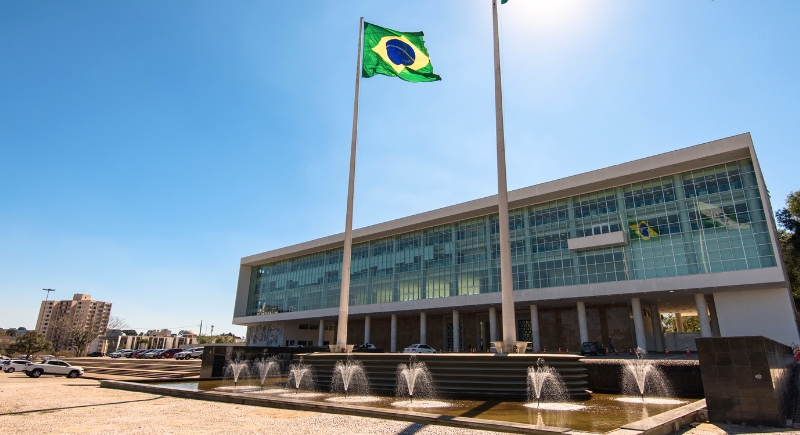
Credit: Getty Images
Brazil was staring down a hefty 50% tariff on key exports, mainly steel and metals. The move wasn’t entirely unexpected, given Trump’s long-standing friction with Brazilian trade policies. But what stung more was the timing, as it came right as Brazil tried to strengthen industrial ties with the U.S.
Switzerland
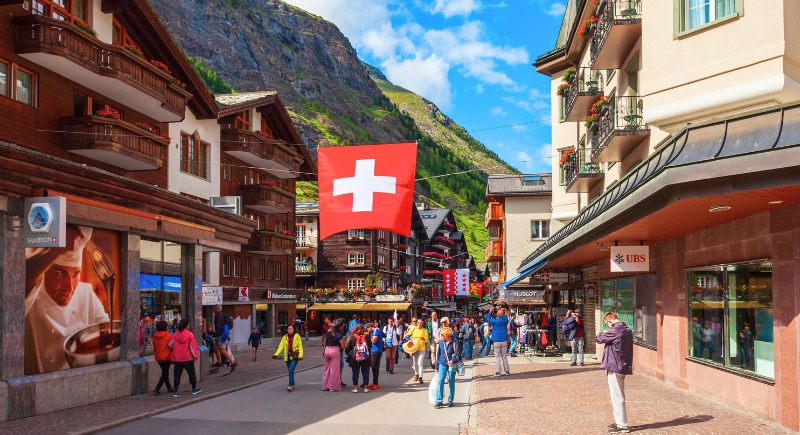
Credit: Canva
Known for watches and chocolate—not political drama—Switzerland unexpectedly landed on the high-impact list with a 39% tariff. The reason? A trade surplus and, as Trump claimed, a lack of alignment on security issues. Swiss officials expressed “deep concern,” while businesses warned of potential price hikes on everything.
India
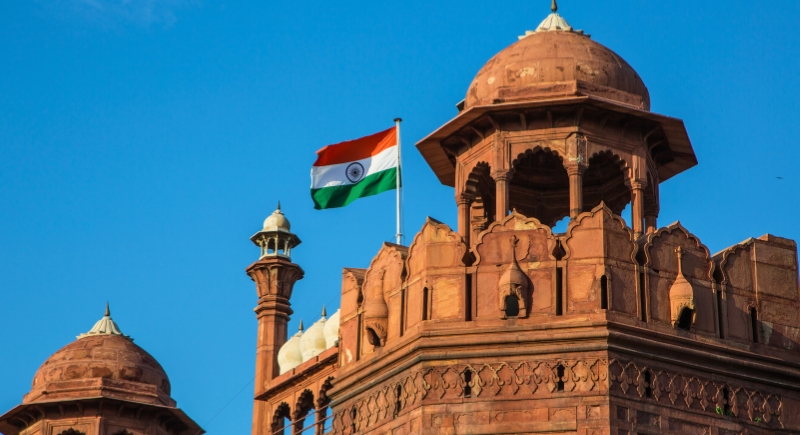
Credit: Getty Images
A 25% duty now applies to a range of Indian goods. U.S. officials said the hike addressed trade imbalances and strategic misalignments. The Indian Commerce Ministry warned of retaliatory measures, but so far, the reaction has leaned more tactical than emotional—an attempt to keep broader U.S.-India relations intact.
South Africa
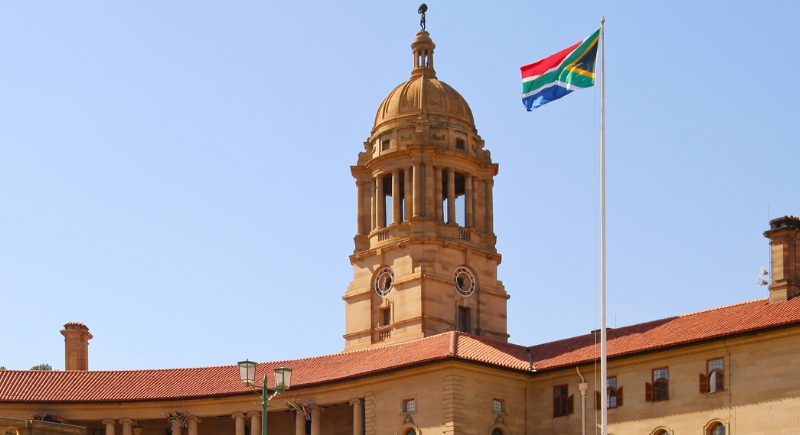
Credit: Getty Images
South Africa had just ramped up diplomatic ties with Washington, only to be added to this list. Its 30% tariff hike came with little warning and even less explanation. While the U.S. cited “non-aligned economic behavior,” officials in Pretoria were quick to label the move unfair.
Taiwan
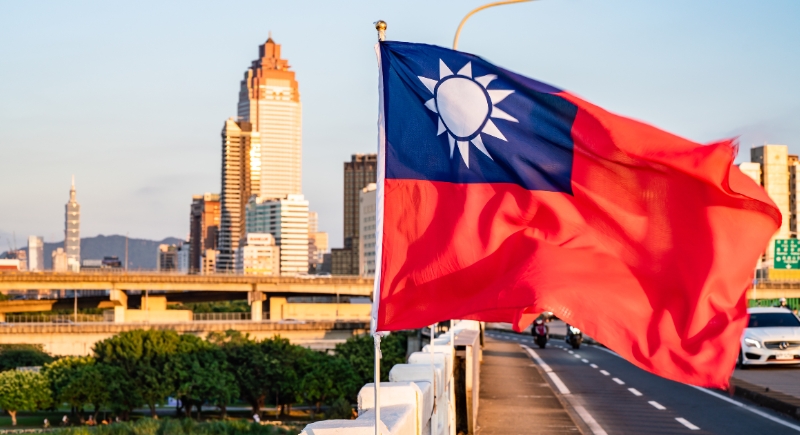
Credit: Canva
Despite strong tech ties with the U.S., Taiwan wasn’t spared. Trump’s administration tagged Taiwanese goods with a 20% tariff, citing an “uneven trade relationship.” Critics questioned the move given Taiwan’s geopolitical position and microchip exports, which are crucial to U.S. industries, but Trump’s team remained firm.
Canada
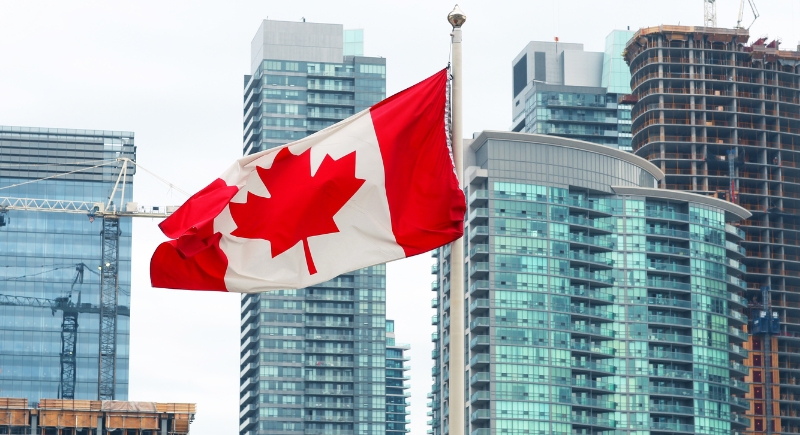
Credit: Getty Images
Canada already had its share of tariff tension with Trump, but this round came with an extra twist. Goods linked to fentanyl-related ingredients now face a 35% tariff. Trump claimed Ottawa had “failed to cooperate” in controlling illicit product flows. Canadian officials fired back, calling the claim “inaccurate and unfair.”
Laos
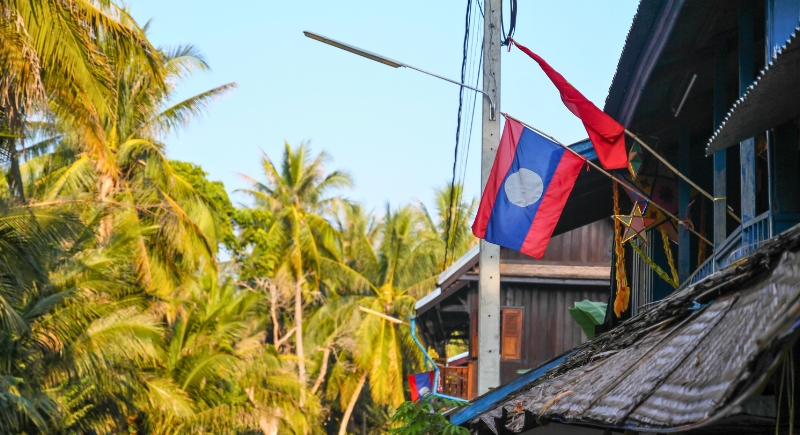
Credit: Getty Images
An unspecified trade imbalance and lack of cooperation on U.S. trade goals led Laos to a 40% tariff. While Laos doesn’t export massive volumes to the U.S., the symbolic hit drew attention across Southeast Asia. Regional analysts noted the move could push Laos closer to China in future trade strategy.
Syria
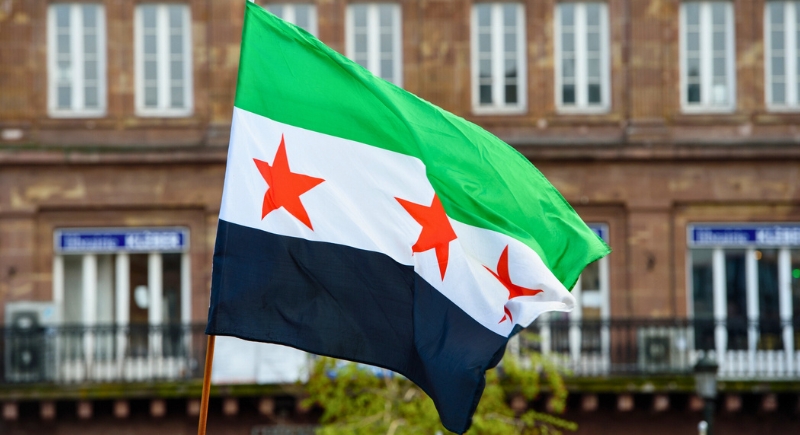
Credit: iStockphoto
Syria received the highest tariff rate of all—41%—which is more symbolic than economic. U.S. trade with Syria is already minimal due to long-standing sanctions and conflict, yet Trump’s order listed the country as a top offender in terms of non-cooperation and economic misalignment.
Iraq
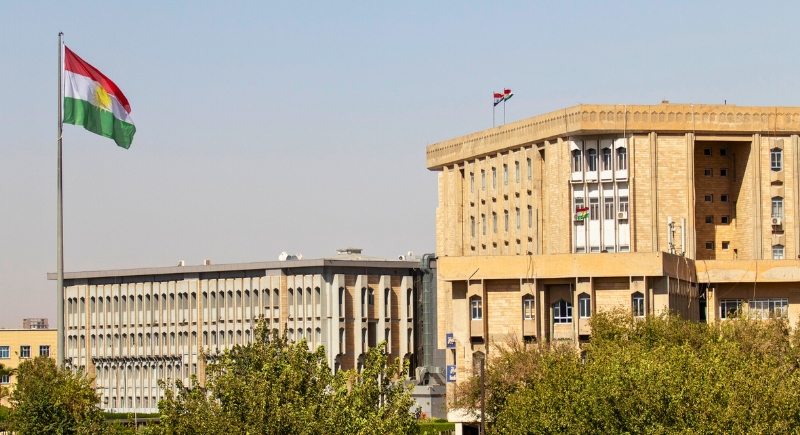
Credit: iStockphoto
Iraqi exports to the U.S. aren’t huge, but they’re diverse, from industrial goods to specialty materials. A 35% tariff now applies, with the administration citing national security and trade balance concerns. Economists say the long-term impact will depend on how strictly the tariff is enforced and whether exemptions are negotiated.
Serbia

Credit: Getty Images
Serbia had been expanding trade with the U.S., especially in the tech and automotive sectors. Now, a 35% tariff threatens to undercut that progress. Serbian media framed it as a wake-up call to reduce dependency on Western markets and build stronger commercial ties with Eastern Europe and China.
Bosnia and Herzegovina

Credit: pexels
The nation had been cautiously rebuilding economic links with the U.S., especially in textiles and raw materials. Yet Trump’s team flagged Bosnia’s “limited transparency” in trade practices and imposed a 30% tariff. Local businesses warned the tariff could reverse recent progress, especially for smaller exporters.
Myanmar
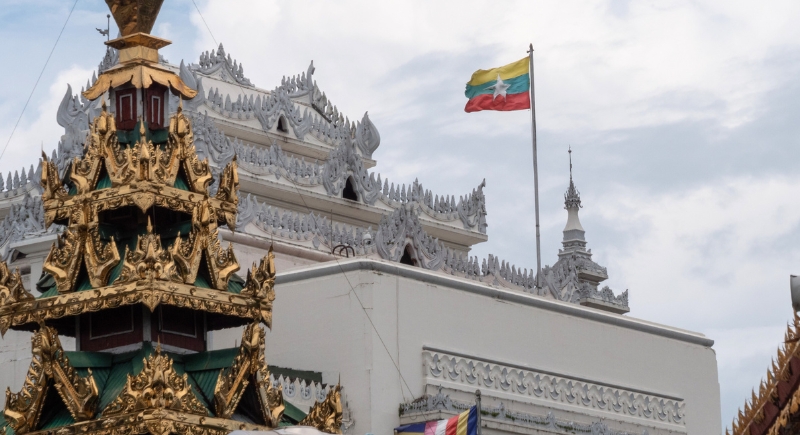
Credit: iStockphoto
Myanmar, also listed as Burma in the tariff order, faces a 40% hit on its goods. The announcement came amid ongoing human rights concerns and shifting U.S. policy in the region. While trade volumes remain modest, the steep duty serves more as a signal than a fiscal blow.
Libya
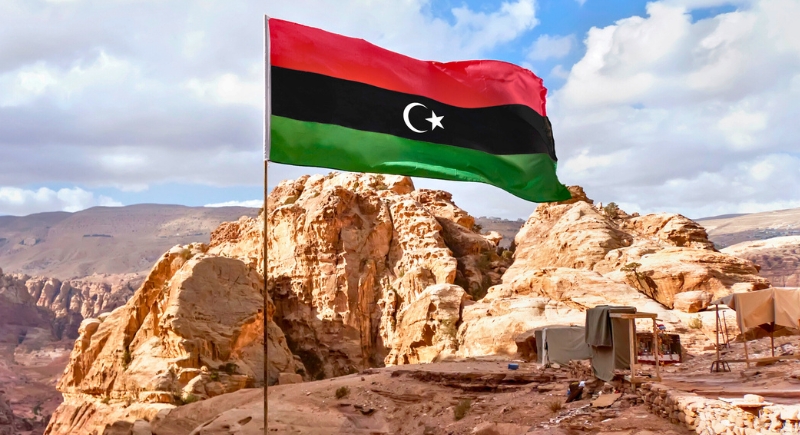
Credit: iStockphoto
Libya isn’t a major U.S. trade partner, but it’s now facing a 30% tariff on everything it sends across the Atlantic. National security alignment, or the lack of it, was cited as the reason. Libya continues to struggle with internal divisions, and the added tariff likely won’t have a major economic effect.
Algeria
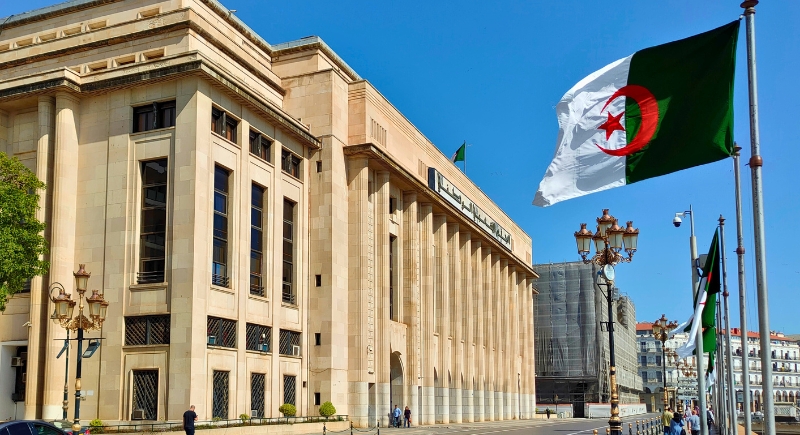
Credit: Getty Images
Algiers expressed confusion upon the imposed 30% tariffs, saying they had recently participated in U.S.-Africa trade forums. Experts pointed to Algeria’s close energy ties with Europe and China as potential reasons. The affected sectors include raw minerals, textiles, and some agricultural industries, now weighing their export options.
Mexico
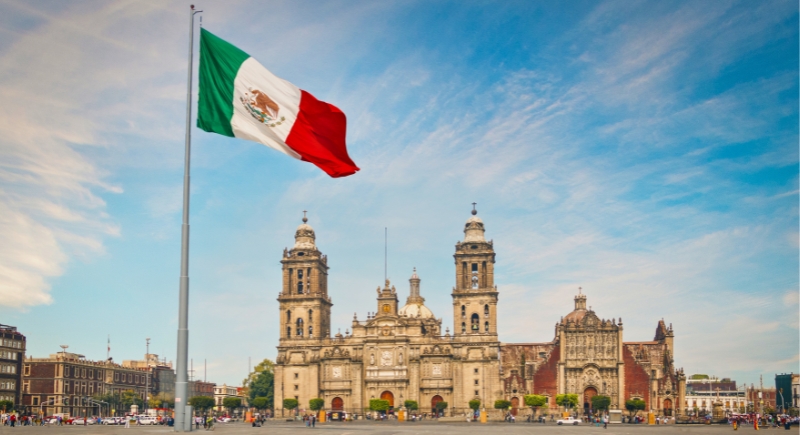
Credit: Getty Images
After a call between Trump and President Claudia Sheinbaum, most non-auto and non-metal exports got a reprieve, so long as they meet USMCA rules. Still, Mexico faces 50% tariffs on steel, aluminum, and copper, plus 25% on cars and goods linked to fentanyl. Mexico didn’t escape completely, but it definitely caught a break.